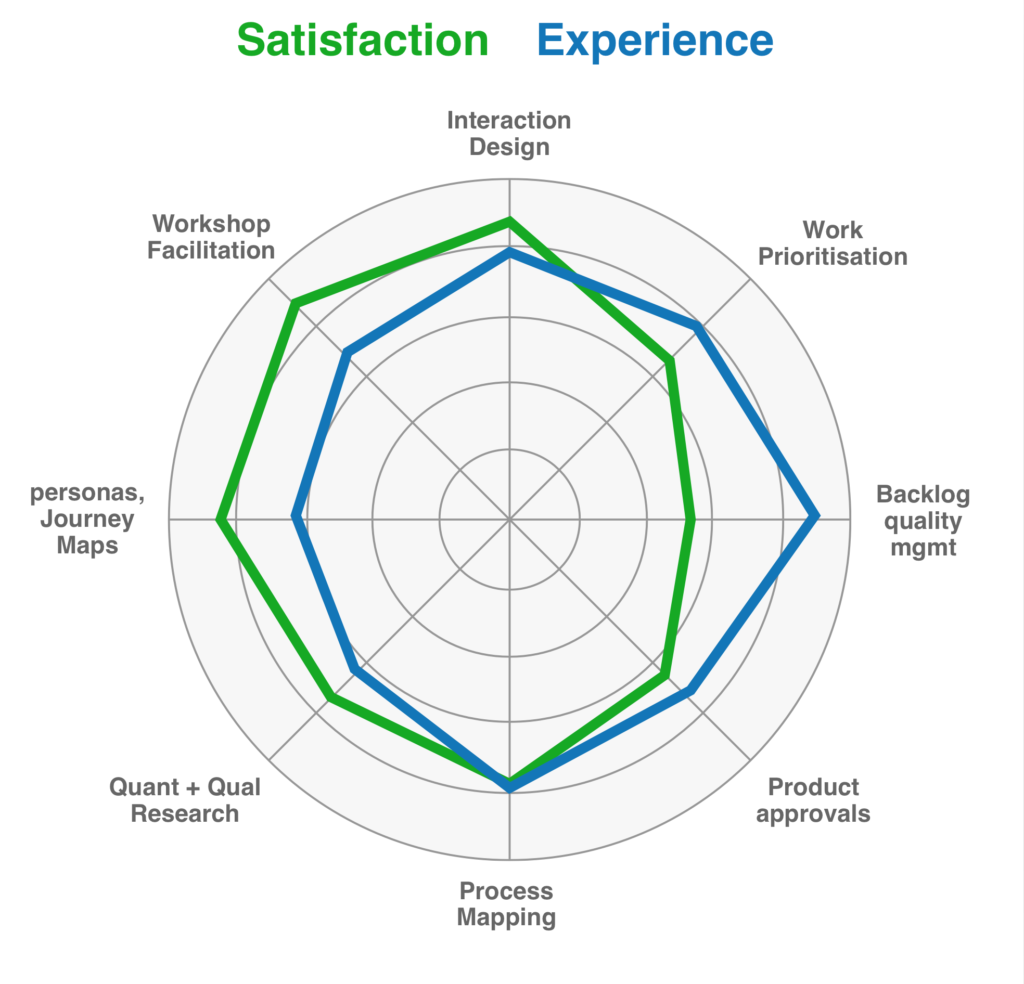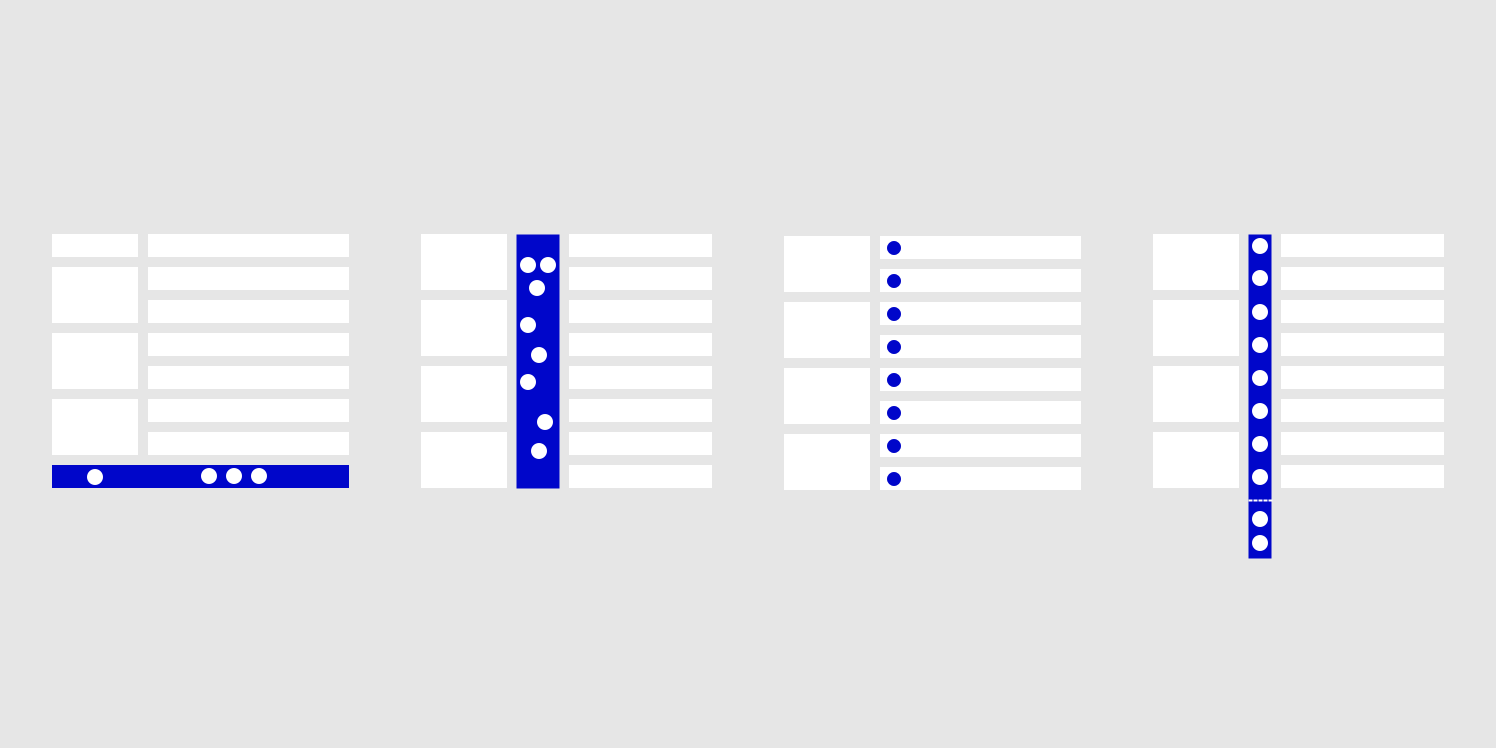Mission Design Maturity
CERN's product teams deliver great design work, but this often relies heavily on the talent of an individual designer. New methodologies are introduced but they rarely become habits amongst all teams.
We sometimes jump into solutions, without taking the broader organizational context and user desires into consideration. Those solutions might work well in isolation, but could result in friction with other business processes, other products and user expectations.
How might we institutionalise design?
Benefit Hypothesis
Design thinking, problem solving and measuring design impact might sound rather abstract.
We would like to have a better understanding of our own design practices, and those in the industry. This might help us in defining how we can organise ourselves and what business value these adjustments might bring. The final outcome for this enabler is to map various options that can be considered and that might improve our design and analysis processes.
In addition, the long term goal is to deliver greater value to our business partners by increasing our design maturity. Spending time analysing the real need for a change, and defining performance metrics, can result in more balanced decision making, more sustainable solutions and happier customers and users. It will ultimately lead to a smaller application landscape, easier talent onboarding and lower run- and support costs.
Increasing the collaboration with customers, users, and other product teams, and involving them more in ideation and decision making, would reduce ‘design by assumption’ and increases the likelihood of a product that serves the right needs.
Particular methods would also enable us to measure the impact of changes. Product performance metrics can be put in place to track performance of a variety of aspects . This data can also support us in justifying strategic decisions or resource requests.
Context
Environment
Business Computing Group
CERN’s unit, responsible for the software that supports all admin processes and operations.
My Role
Design Lead
Project initiated, led and executed by me, supported by my amazing colleagues.
Execution
Project approved for Q4 2020
In reality, work is done from
November 2020 until February 2021
The mission
1. Proving the Value of Design
Challenge
Design is often seen as colours and workshops, instead of a culture and strategy.
Approach
Busy managers don't read long emails and have full agendas. I made a 5-minute video, sharing studies from IBM, McKinsey, Gartner etc. that prove the value of design. A summary of the studies was included as document.
Result
I reached my audience. They listened and committed to collaborating in the maturity study.
2. Creating a Design Maturity Matrix
Challenge
Lack of awareness of what a mature design organization looks like, and what benefits it could bring.
Approach
Analysed a variety of design maturity matrices from industry leaders and assembled a new matrix, tailored for our specific needs.
Result
Clear structure that can guide the upcoming stakeholder interviews and workshops.
3. Assessing our Design Maturity
Challenge
Scepticism towards the cost / benefit of design.
Approach
Let leadership and product managers assess the matrix and interviewed them to identify pain-points for each of the design aspects.
Result
Better understanding of what design is about and realisation that an increased design maturity would highly benefit the organization.
4. Analysing our Designers
Challenge
A hybrid role of Design and Business Analysis, often also responsible for Product Ownership, leads to suboptimal use of talent.
Approach
Assembled a self-assessment model, covering aspects of the current design role, and asked their supervisor to interview them, such that they could complete the assessment together.
Result
Clear understanding of the job experience, ambitions and pain-points for each designer.

5. Analysing our Maturity
Challenge
The transcriptions of interviews don't give a clear overview of our struggles.
Approach
Created a pain-point map, with anecdotes from all the conducted interviews.
Result
Clear patterns in our pain-points and insights regarding our priorities: Metrics and User Research.
6. Defining How Might We's
Challenge
Senior leadership hasn't been actively involved in the process.
Approach
Conducted "How Might We" workshop with senior leadership to keep them up to date and give them a chance to adjust the direction.
Result
5 How Might We questions that serve as directional foundation for the idiation phase.
7. Ideating the potential solutions
Challenge
Many pain-points and a lot of internal knowledge, but no answers.
Approach
Conducted 2 workshops with all designers to brainstorm about solutions that could solve our "How Might We" questions. Business Value, Metrics, Touch Points and Risks for each domain have been covered too.
Result
Rough ideas for all domains that could serve as building blocks for the roadmap.
8. Investigating Operating Model

Challenge
Doubt if our current operating model facilitates the most optimal design results.
Approach
Conducted a study to analyse the most common design models in the industry, and translating them to how they would look in our context.
Result
Conclusion that a change in our operating model would be beneficial, but only when we improve our design maturity first. Scheduled operational review for when maturity level 3 has been reached.
9. Creating the Roadmap
Challenge
No structure, prioritisation or sequence in list of ideas and solutions
Approach
Took the priorities, derived from the initial interviews, as foundation. Added translated versions of the solutions, taken from the ideation workshop, to the timeline. Aligned and supplemented everything with our long-term design vision.
Result
Draft roadmap, covering all our needs, desires and vision.
10. Securing the future
Challenge
Uncertainty if approval for the roadmap execution will be given. Also a lack of resources to work on the roadmap.
Approach
Adjusted the roadmap after input from all stakeholders, both in terms of scope and sequence. Lobbied talent from various backgrounds to work on specific elements of the roadmap.
Result
Final roadmap and alliances that are excited to work on the first stage of the design maturity mission.
Head of Business Computing's opinion
Bas brings expertise and insights that bring together aspects of psychology, interaction design, customer experience, information architecture and engineering. The approach has been demonstrated by world leading organizations as the best ways to ensure the systems that we create efficiently meet the needs of the users.
While bringing new ideas to an ‘old’ organization can be challenging, Bas’s early positive results already reassure me that this approach of design thinking is the right way for our group to build a better understanding of user's needs, efficiently develop the most appropriate tool, and ultimately increase productivity and save money.
I was able to appreciate first-hand the power of some of the techniques. I have greatly appreciated Bas’ work, his human centric, insightful contributions have been a real asset to our work.


